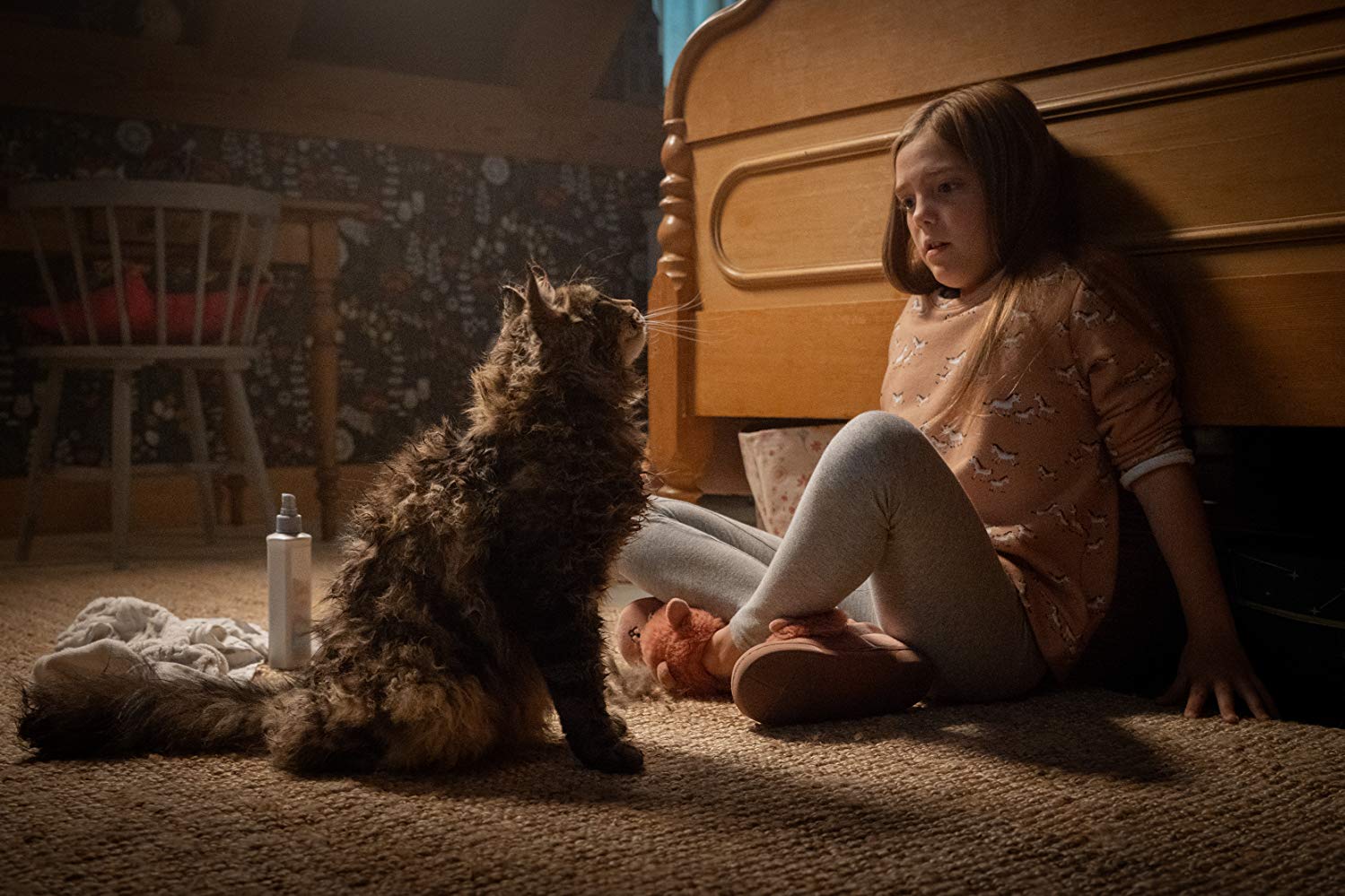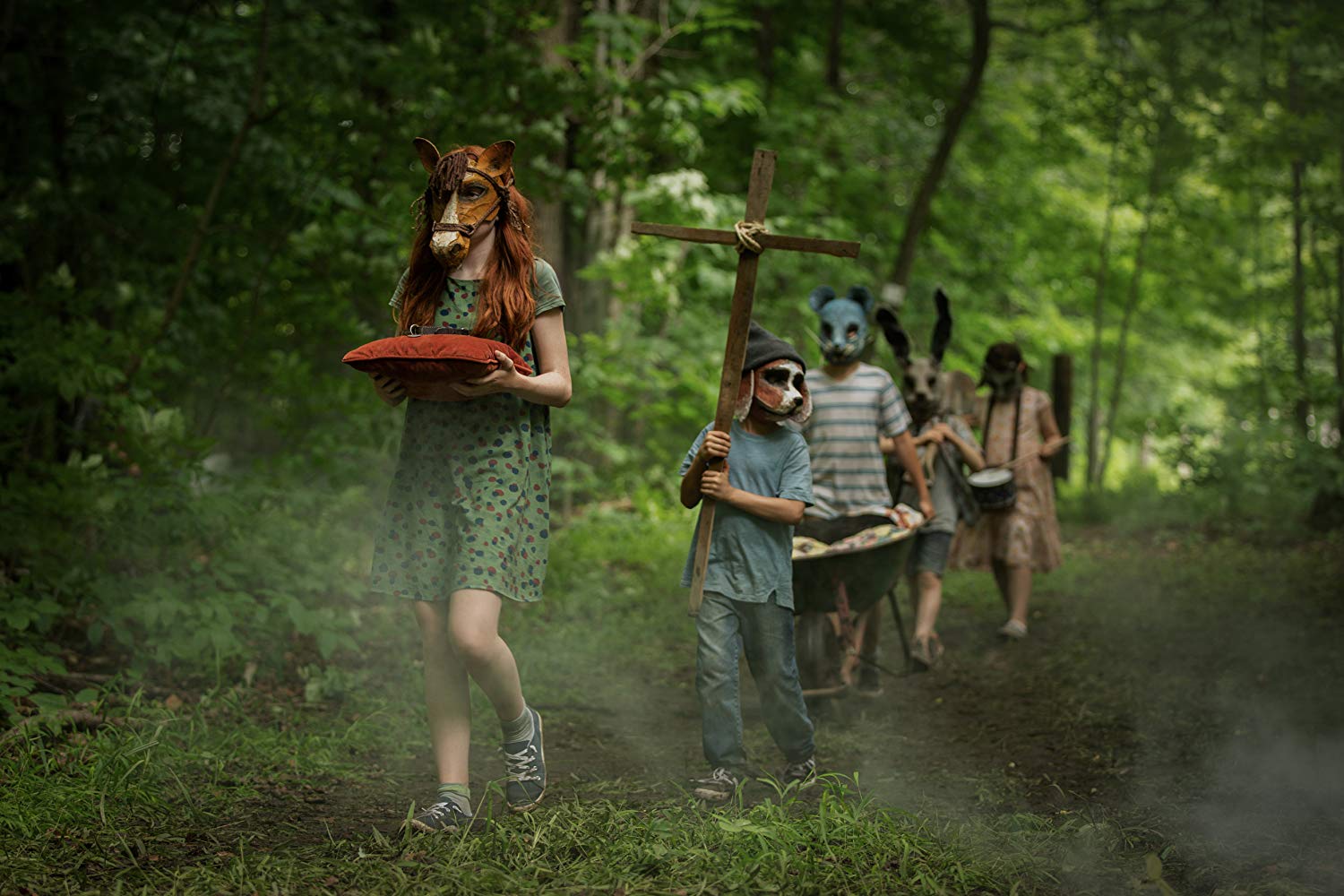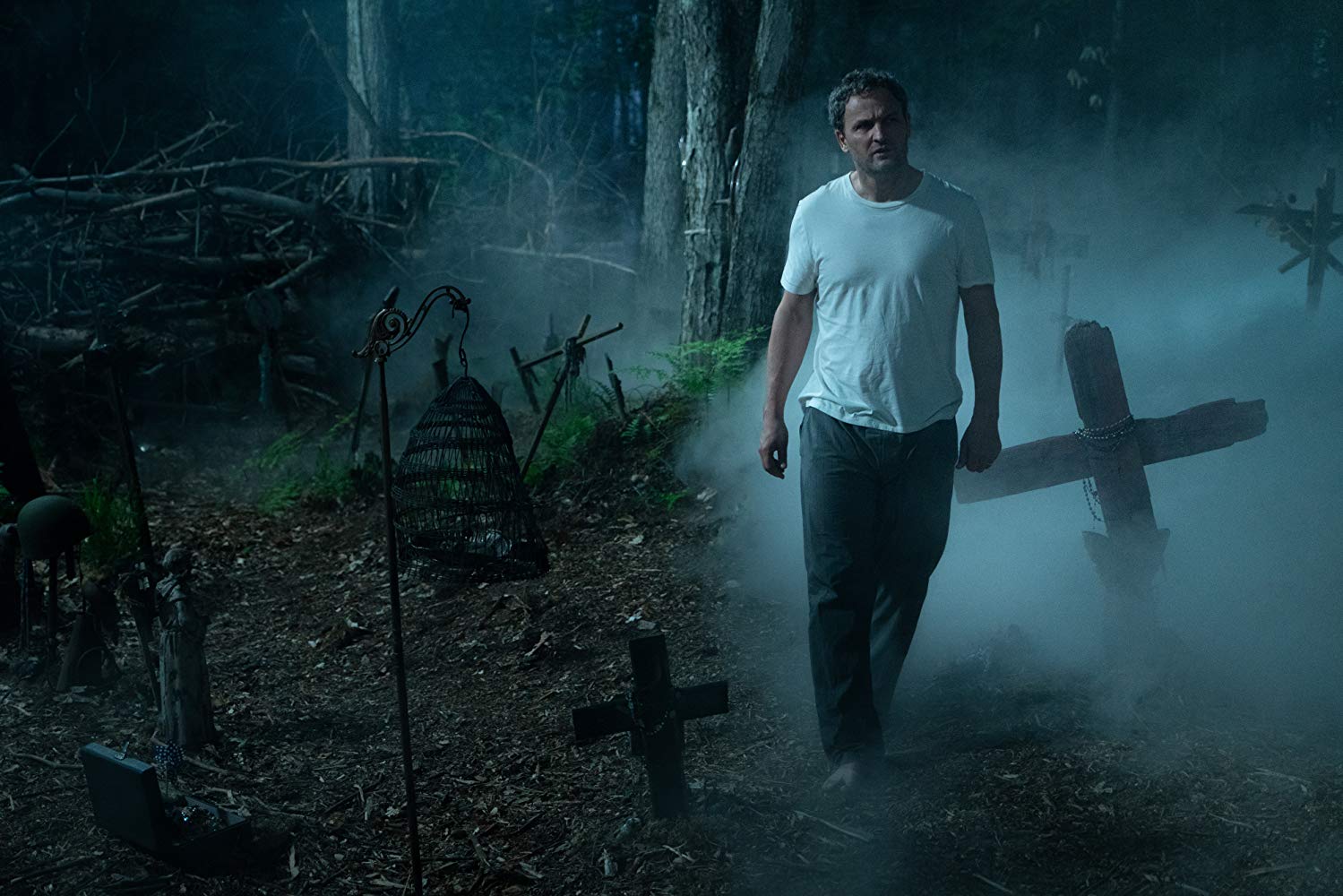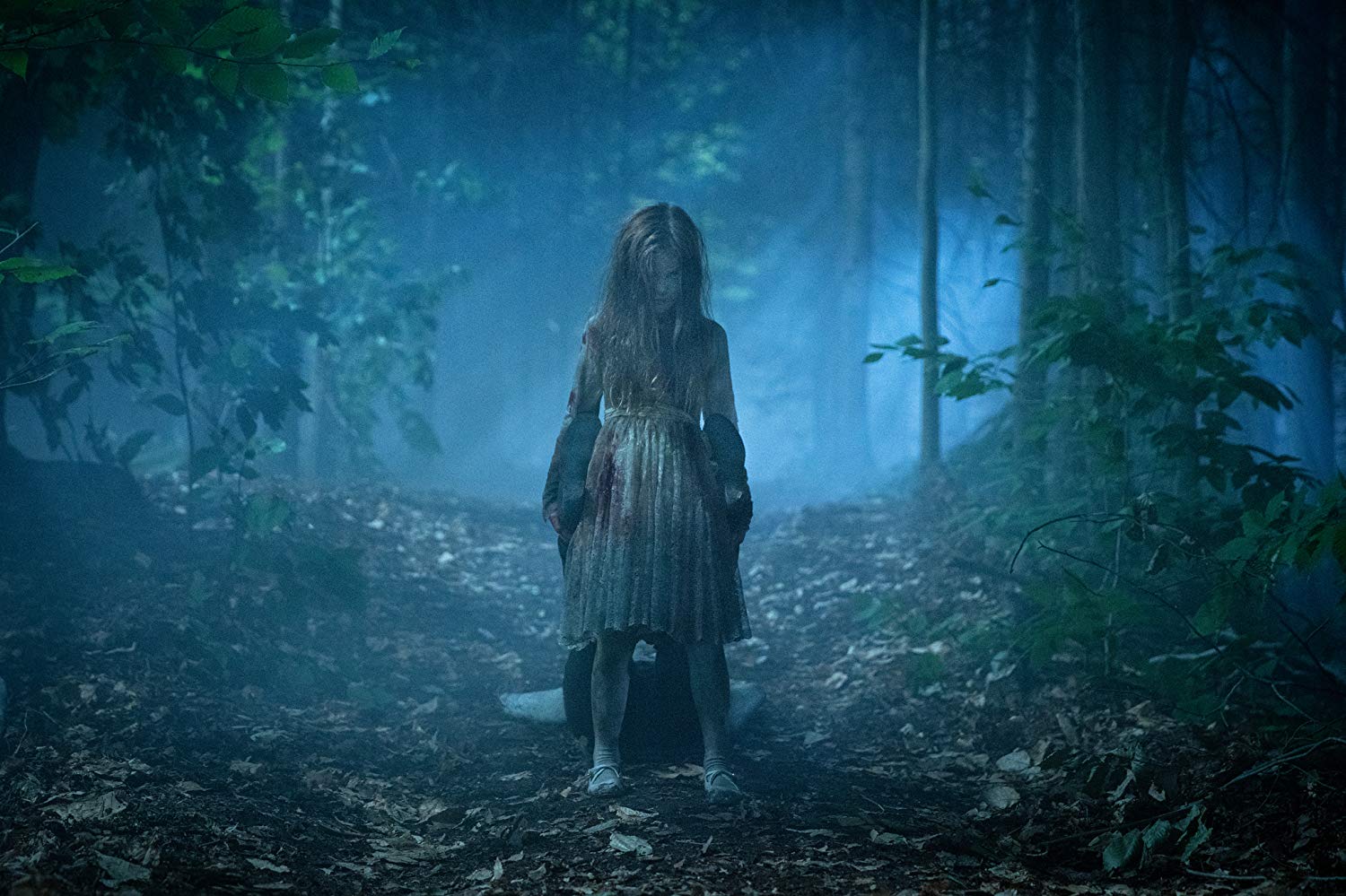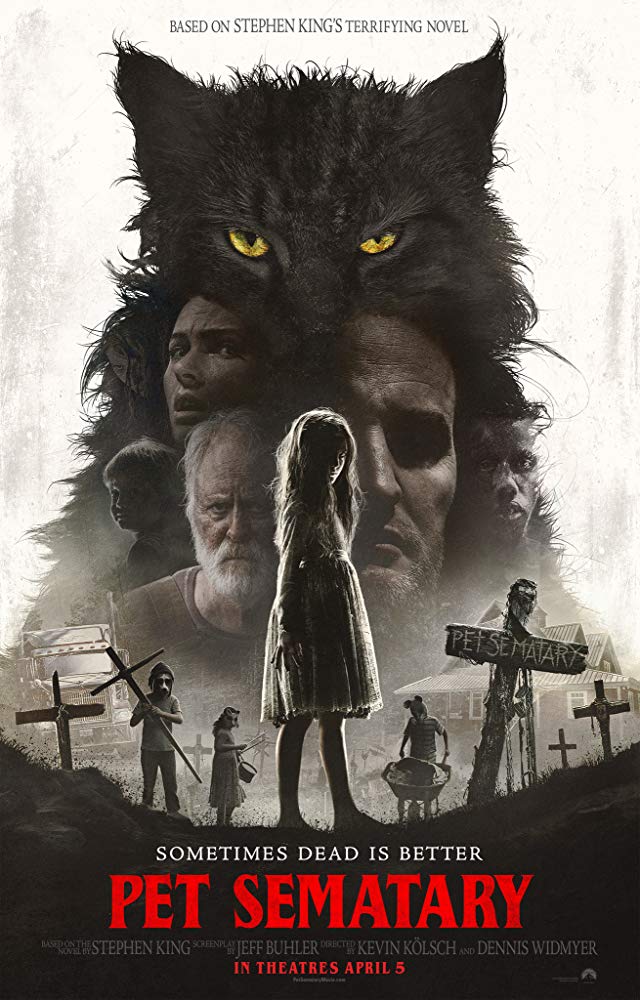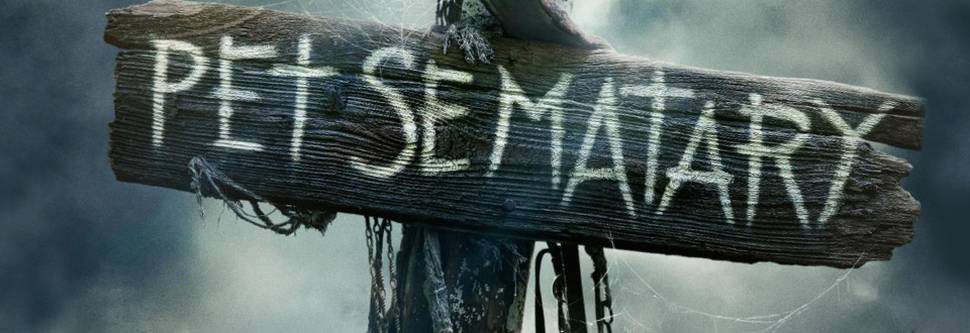
Laurie Rose Blends Alexa Mini and Hawk V-Lites
In 1989, Stephen King’s horror novel “Pet Sematary” was first brought to the screen. That film was photographed on 35 mm film and projected in a 1.85:1 aspect ratio. In the ensuing three decades, filmmaking technology has changed fundamentally – and a new edition of the tale is a perfect illustration.
The updated Pet Sematary was photographed by Laurie Rose, BSC in anamorphic format using Arri Alexa Mini digital cameras and Hawk V‑Lite lenses from Vantage Film, which designed and built the lenses with digital cinematography in mind. Without the degradation inherent in film lab processing and duplication, cinematographers are choosing lenses based on the specific imperfections they bring to the digital image, which can otherwise be overly sharp and clinical.
Rose is a veteran best known for his work on Peaky Blinders, as well as the feature films Free Fire, Kill List andStan & Ollie. Co-directors Kevin Kölsch and Dennis Widmyer were keen to shoot the film in anamorphic format, but Rose shot tests to satisfy the producers at Paramount, who wanted to make sure that it was the right choice.
“If anything, the widescreen image is more important in today’s world,” says Rose. “I think audiences appreciate the obvious breadth and scale of the format no matter how they see it, and it strikes an elegant difference with television.”
King has said he was inspired in part by the 1902 W.W. Jacobs novel “The Monkey’s Paw.” King’s story takes places in Maine, where a doctor and his wife move to a rural farmhouse on a heavily wooded property. Strange and ominous events ensue, some involving masked children and a burial ground with a misspelled sign. The cast includes Jason Clarke, Amy Seimetz and John Lithgow.
To prepare, the filmmakers looked at classic horror films, but they envisioned a modern feel along with the de rigueur creepiness. The shoot was executed in the Montreal area over the course of about 40 days, on practical locations as well as on stages at MELS Studios. The budget was reported to be in the neighborhood of $20 million. Key settings included a tidy cottage that came with acres of forest including paths that led to a clearing – perfect for the eponymous cemetery. The road that skirts the property was just right for the ominous tanker truck that occasionally rockets past, and which eventually plays a pivotal role in the story.
Summertime made for short nights, and Rose knew the tale would require a lot of nighttime shooting. “I needed lenses that were relatively compact and fast,” he says. “I’d shot with Hawks on two previous studio projects, but I wanted to test the V‑Lites. Vantage Film in Germany shipped the lenses to North America and were very helpful in the selection process. We considered the Vintage ’74 line, but we decided they felt a little too expressive for this shoot. I had to balance the studio’s commercial concerns, the desires of the directors, and also, given the budget and schedule, practicality and efficiency on the set.
“I wanted all the gorgeous things that come with anamorphics, but I needed them to be manageable,” he says. “The V‑Lites fit those requirements perfectly. The edge fall-off and the classic goodness was there in abundance, and I wanted to make the most of that. With the need for darkness and contrast, it was often a matter of controlling the anamorphic flavor with stop management.
“I’m not overly interested in super clean images,” he says. “I always want it to stay as tactile and as textured as possible without being too indiscreet. I really enjoyed the Hawk V‑Lite lenses, and coupled with the clean, filmic look of the Alexa Mini, they were very complimentary.”
The DI was handled at over the course of two weeks at EFilm with Mitch Paulson, known for his collaboration with Roger Deakins. Some pickups were done in January to tighten the narrative, and worked in just in time for the South by Southwest festival in March 2019.
“It looked fantastic,” Rose says of the DI. “The film went through a Dolby Vision pass, and the HDR version was just astonishing. I think that’s going to improve the blacks, obviously, and the contrast really held up. I didn’t want to drop the density down too far into the blacks. We kept the black floor up, and maintained all the detail within that. I hope people get a chance to see it in Dolby Vision.
“I’d use the V‑Lites again at the drop of a hat,” says Rose. “They’re light and soft, with such good, strong characteristics that aren’t overwhelming. They’re very organic for a new lens. I adored them.”
